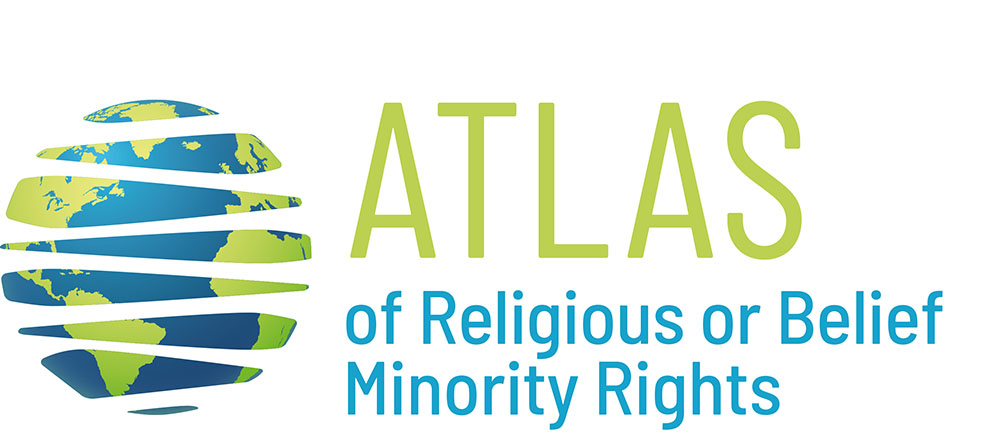The terms “Protestant” and “Evangelical” are used to define Christians who embraced the theology of the Reformation of the 16th century. For a long time, the two terms were essentially synonymous, although the former emphasized a historical process while the latter referred mainly to the theology that recovered the centrality of the Bible and the Gospel. Already at the time of the "Great Awakening" in the second half of the 18th century and again at the beginning of the 20th century, after the rise of "fundamentalist" theologies and Pentecostalism, especially in Anglo-Saxon vocabulary, the two terms began to indicate two distinct areas of the variegated Reformed world. The term "Protestants" has come to mean the historic (mainline) churches, those of explicitly Lutheran and Calvinist persuasion, which continue to claim a direct relationship with the Reformation and its theology. From the other side, "Evangelicals" has come to indicate an area of believers who, by placing themselves critically against historical Protestantism—which they accuse of having lost its evangelical charge and spirituality—, is intended to emphasize the centrality of the personal encounter of each believer with Jesus, and the consequent "new birth" in Christ. A specific vector of the evangelical area is Pentecostalism, which, although it is divided into various denominations that also differ on specific theological issues, is the one with the highest growth rates, also in Europe.
Over time, a number of differences have become more pronounced between “Protestants” and “Evangelicals” First of all, there is a substantial difference with regard to the reading and interpretation of the Bible (fundamentalist literalism on the one hand and the critical historical method on the other); but also in ecumenical relations and interreligious dialogue and, more recently, on the LGBT issue. On all these issues there is a polarization between the “liberal” positions of the historic Protestant churches and the conservative approach of the Evangelical churches.
According to data from the US Pew Forum, the Reformed family as a whole numbers some 800 million believers, divided into hundreds of denominations. According to the same source, 12% of the European population belongs to the Protestant and Evangelical family. For well-known historical reasons, the Protestant presence in Europe is very differentiated according to country: it is the majority presence in Scandinavia and the UK; a consistent minority in the Netherlands, Hungary and France; and a small minority in countries such as Poland, Italy or Greece.
There are a number of international bodies seeking to represent and unite the main Protestant and Evangelical families. In particular, we refer to the World Council of Churches, which today brings together about 350 churches, the vast majority of which are Protestant but including some Orthodox Churches too. This network is flanked by the Alliance of Evangelical Churches, which acts as an "umbrella" for many churches adopting a fundamentalist and conservative theology.
At the same time, we register the presence of denominational networks (World Lutheran Federation, World Baptist Alliance, Anglican Communion, World Methodist Council, Communion of Reformed Churches, etc.). Similar denominational networks also operate in Europe, while the unified body that brings together the majority of mainline Protestant churches is the Conference of European Churches (KEK).
As a result of the migration processes affecting Europe, the European Protestant and Evangelical world is changing its ethnic and cultural profile. Many Protestant and Evangelical immigrants are now permanently resident in Europe. Many of them have set up "ethnic" churches—very often Pentecostal—but in other cases they are part of national churches, creating interesting intercultural dynamics.
Paolo Naso
Note for the reader: this introduction and the Resources section deal jointly with Evangelical and Mainline Protestants.The Atlas data on religious demographics consider Mainline and Evangelical Protestants together (the data are shown in the Protestant Churches (Mainline) page).
INTERACTIVE INFOGRAPHICS
0 respect of international standards
-1 restriction of rights
-1 high gap between religious majority and minorities
0 respect of international standards
-1 restriction of rights
-1 high gap between religious majority and minorities

 MENU
MENU
 CLOSE
CLOSE

